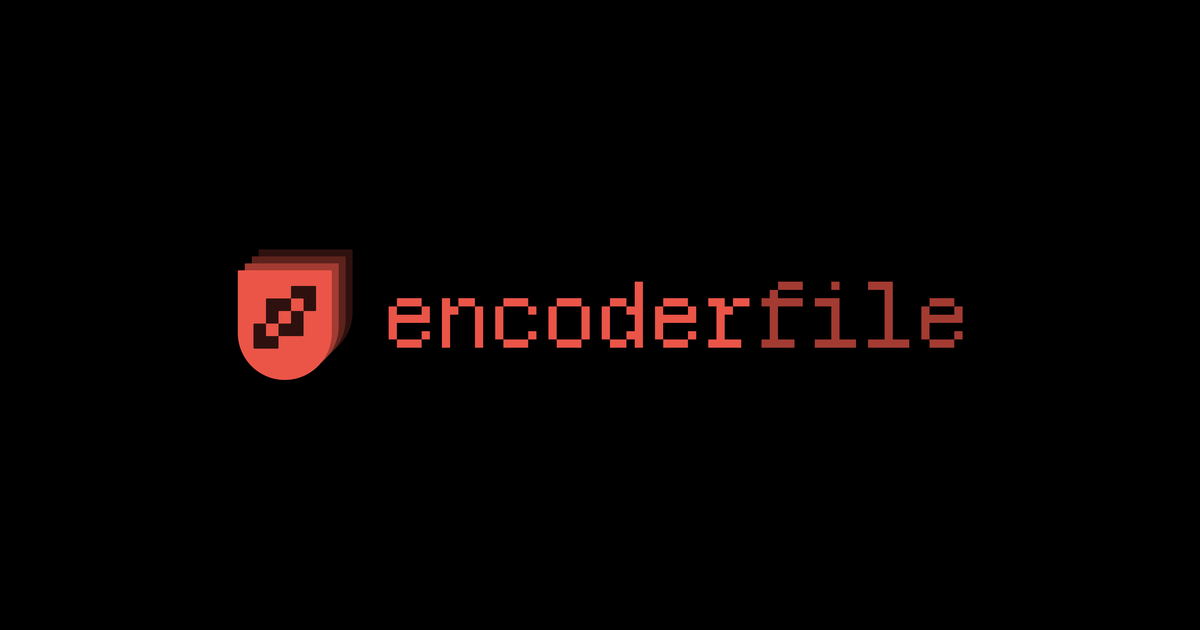Encoderfile v0.1.0: Deploy Encoder Transformers as Single Binary Executables
Encoderfile compiles encoders into single-binary executables with no runtime dependencies, giving teams deterministic, auditable, and lightweight deployments. Built on ONNX and Rust, Encoderfile is designed for environments where latency, stability, and correctness matter most.

Encoders power the parts of a system where latency, repeatability, and stable outputs aren’t optional. Yet many teams still default to autoregressive models because they’re easier to use, even when determinism matters more than raw capability.
So if the workload demands milliseconds and strict determinism, why depend on heavy Python containers where interfaces drift, dependencies resolve at runtime, and surprises show up only after deployment?
This is why we built encoderfile: an open-source deployment format that compiles tokenizers and model weights into self-contained, single-binary executables. No runtime dependencies, no virtual environments, no network IO. Just a binary you can hash, audit, and deploy.
llamafile Optimized for Accessibility. We Optimize for Control.
This approach is not new. If the name didn’t make it obvious enough, we shamelessly borrowed it from llamafile, which applied the same single-binary principle to generative decoders. llamafile was built with distribution and accessibility in mind: maybe deploying a model should be as simple as executing a binary compiled to run anywhere.
Encoders live in a different reality. Their distribution isn’t exactly a public event—they're often fine-tuned in-house with proprietary data, deployed into regulated pipelines where determinism isn't optional, and are expected to produce identical outputs across rebuilds.
The single-binary approach matters here too, but it’s less about accessibility and more about control. While llamafile optimized for broad distribution, Encoderfile is designed to run exactly where you intend. Its build system lets you compile to a specific target triple and ship binaries that are as lean as the models themselves. The common deployment constraints change the design and philosophy: smallest possible binaries, strictest possible determinism, and no runtime surprises.
For example, encoders frequently have to run inside strict security boundaries where sensitive data isn’t allowed to cross a perimeter. If the point is to minimize risk and surface area, why should you have to settle for anything more than a single binary, and why should building that single binary be difficult?
Imagine having an encoder running in a barely noticeable service in the background, flagging when personal data is about to leave your computer. Or, a multimodel CLIP-like model that runs directly in your browser that you can use to hide things you don’t want to see. You give it examples: certain news headlines, spoilers for a show you haven’t finished, or graphic violence. Whatever. No trusting someone else’s API to respect your preferences or give your personal data the security it deserves. You even see this idea show up in other LLM systems, like GitHub’s work on making Copilot smarter with fewer tools.
Architecture: Why ONNX and Rust?
llamafile was built on a specialized format (GGUF), runtime (llama.cpp), and interface (OpenAI-compatible API) because decoder LLMs are basically a monoculture. They all plug into the same autoregressive generation algorithm and expose the same output shape. Encoders aren’t like that. Their architectures, outputs, and use cases vary too much to bake everything into a single, universalized stack. When the landscape is that heterogeneous, the tooling should emphasize safety and extensibility, and our design choices reflect this.
Encoderfile therefore uses:
- ONNX, to support a wide variety of model architectures
- protobuf-based interface contracts, to maintain many output types cleanly
- Rust, to maximize correctness, predictability, and safety
Built encoderfiles can run as HTTP or gRPC servers, making integration straightforward.
Experimental: Encoders as MCP Tools
Encoders are especially well-suited for agent tools because they are stateless, fast, and deterministic, everything decoders are not.
Encoderfile also includes an experimental MCP mode that lets an encoder register itself as an MCP participant—basically, a first-class tool inside an AI agent. Although the novelty is entertaining, Encoders are used in a way that is inherently more stateless and stable than decoders. In cases where a generalist AI agent has to perform a composite task that is critical to get right, which makes them ideal for the parts of a composite task where correctness actually matters. An agent generating a plan or action could defer critical judgments—like classification, policy violation detection, or span extraction—to an encoder that was built for that specific decision.
Get Started
Encoderfile is open source and the source code can be found here. If you’re running encoders in production and are tired of fighting your deployment stack, try building one. You can get started with this example showing how to package a sentence transformer.





